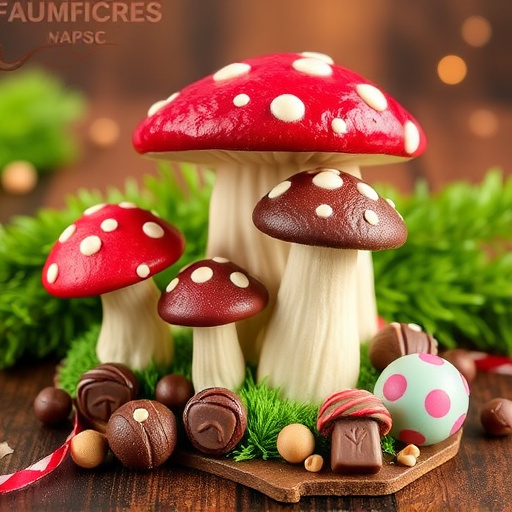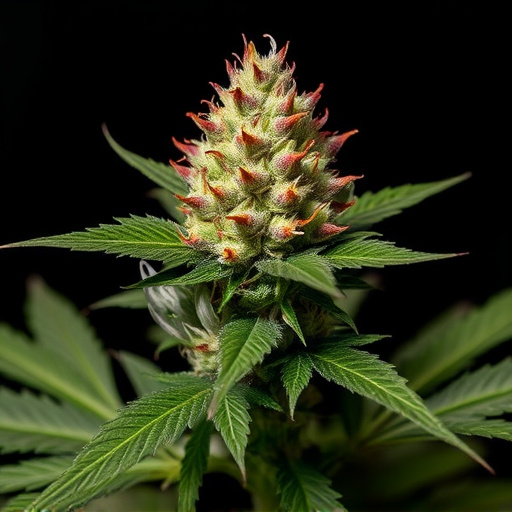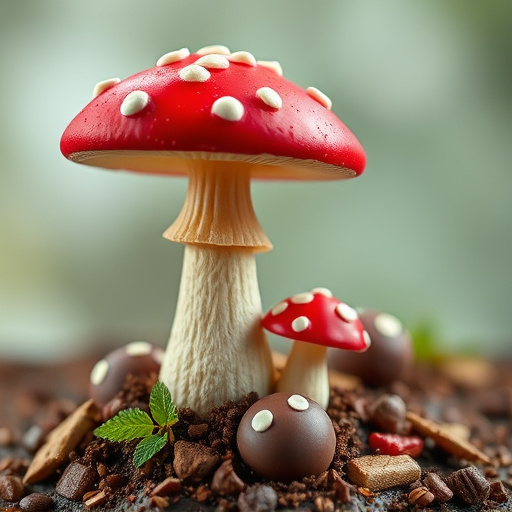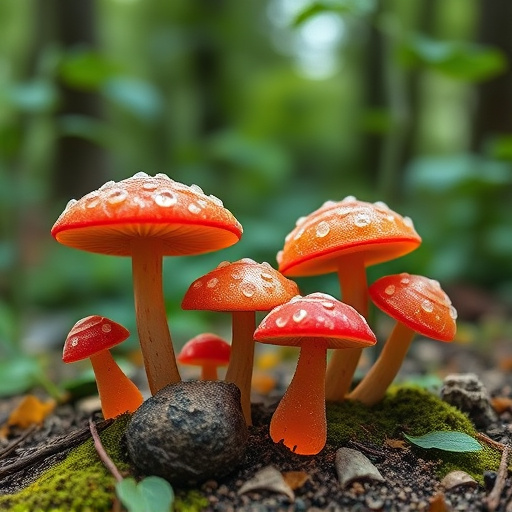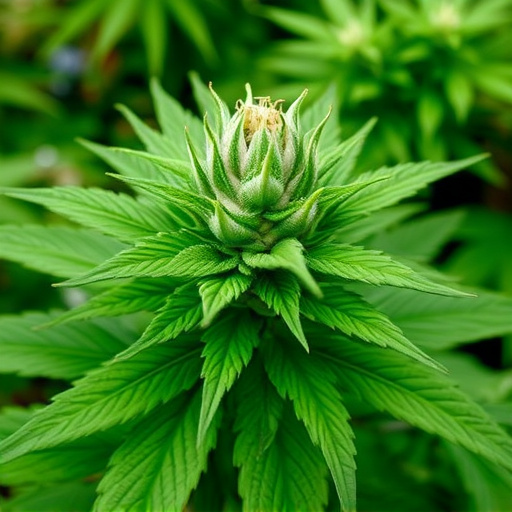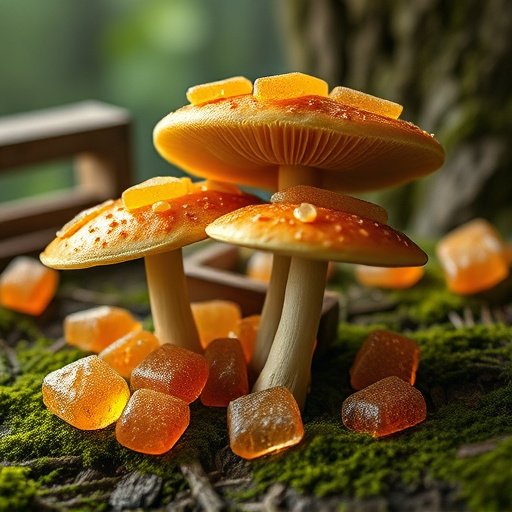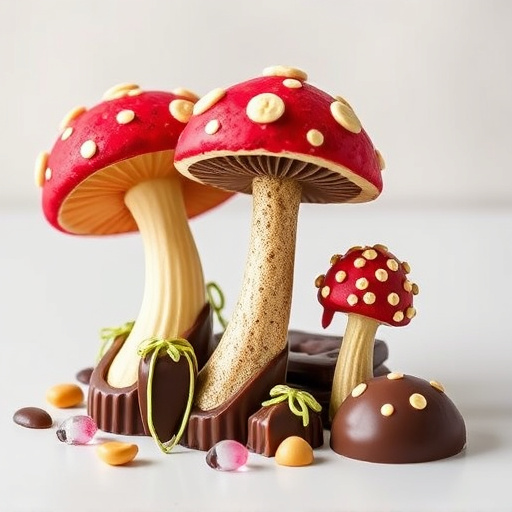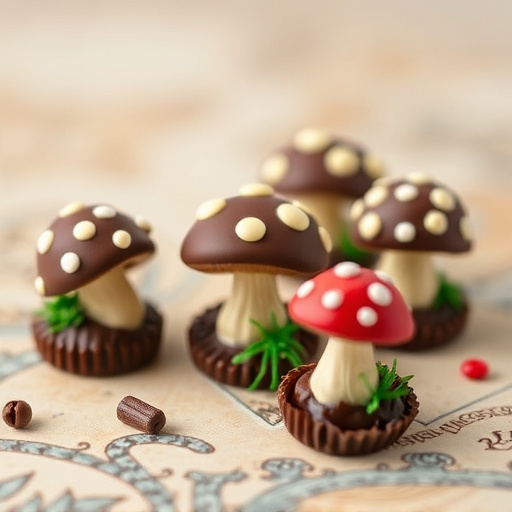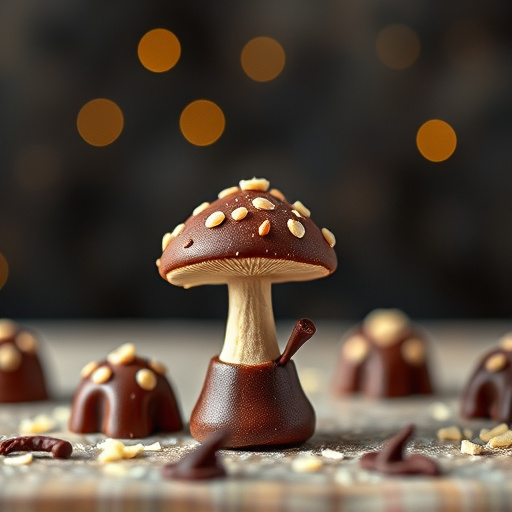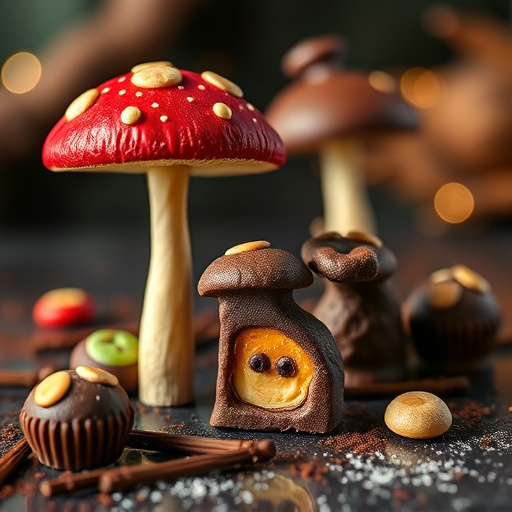Magic mushrooms, or psilocybin mushrooms, have a long history of cultural and spiritual significance. In recent years, scientific research has reignited interest in their therapeutic potential for treating depression, anxiety, and other psychiatric disorders. This focus has led to the development of innovative products like magic mushroom chocolates, which offer a more appealing and accessible way to experience psilocybin's beneficial effects compared to traditional methods. The "Science Behind Magic Mushroom Chocolates" explores the historical use, scientific evidence, and promising applications of psilocybin in modern well-being practices.
“Unveiling the intriguing world of Magic Mushroom Chocolates, this article explores the intersection of ancient tradition and modern innovation. For centuries, psilocybin mushrooms have held cultural significance across diverse societies, known for their psychological effects and role in spiritual practices. Today, the science behind magic mushroom chocolates is revealing remarkable potential benefits, from mental health treatments to enhanced well-being. We delve into the history, the chemistry, the art of confectionery, and the precautions involved, offering a comprehensive guide to this fascinating trend.”
- The History and Cultural Significance of Magic Mushrooms
- – A brief overview of the use of psilocybin mushrooms in various cultures throughout history
- – The psychological effects and their role in spiritual practices and rituals
The History and Cultural Significance of Magic Mushrooms
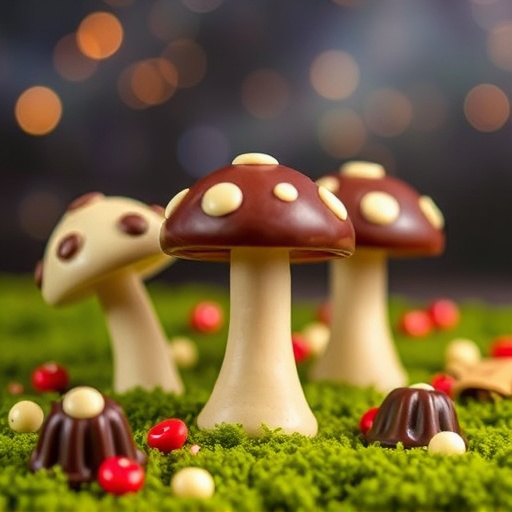
Magic mushrooms, scientifically known as psilocybin mushrooms, have a rich history and cultural significance dating back thousands of years. Their use can be traced to ancient civilizations like the Aztecs and indigenous cultures across North and South America, where they were incorporated into religious rituals, spiritual practices, and traditional medicine. These fungi were revered for their ability to induce altered states of consciousness, enhanced creativity, and profound insights.
The interest in magic mushrooms extended beyond cultural boundaries, leading to extensive research in the 20th century. Scientists began to explore the active compounds, primarily psilocybin and psilocin, responsible for their psychoactive effects. This period saw the emergence of psychedelic therapy, where controlled doses of these compounds were used to treat mental health conditions. However, with evolving societal attitudes and changing legal landscapes, research into magic mushrooms slowed down. Today, there’s a renewed focus on understanding their therapeutic potential, driven by emerging scientific evidence supporting their efficacy in treating depression, anxiety, and other psychiatric disorders, further fueling the development of innovative products like magic mushroom chocolates.
– A brief overview of the use of psilocybin mushrooms in various cultures throughout history
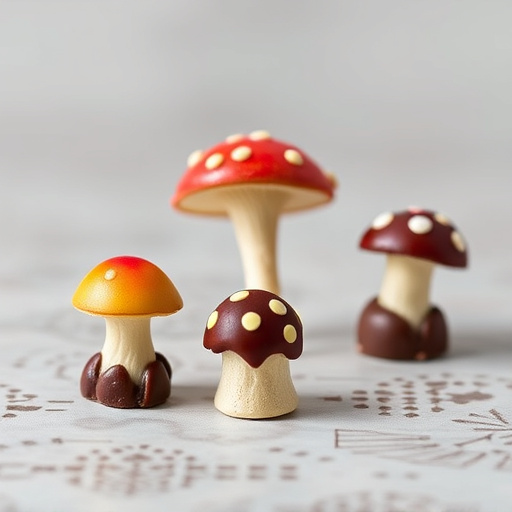
Psilocybin mushrooms, also known as magic mushrooms, have been used in various cultural and spiritual practices for centuries. Their psychoactive properties have fascinated humanity for a long time, with evidence suggesting their use dating back to ancient times. In many indigenous cultures, these mushrooms were employed in ritualistic settings, believed to facilitate spiritual connection, enhance creativity, and provide insights into the unknown.
The science behind magic mushroom chocolates leverages the active compound psilocybin found in these fungi. Modern research has explored the potential therapeutic benefits of psilocybin, leading to increased interest in its incorporation into medicinal practices. As a result, psilocybin-infused chocolates have emerged as a novel way to deliver this compound, offering a more palatable and accessible means of experiencing its effects compared to traditional ingestion methods.
– The psychological effects and their role in spiritual practices and rituals
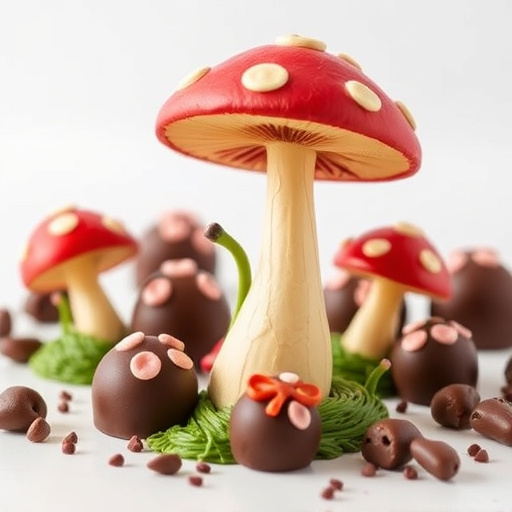
The psychological effects of magic mushroom chocolates, derived from the active compound psilocybin, have been a subject of both fascination and scientific inquiry. When consumed, psilocybin stimulates serotonin receptors in the brain, leading to altered states of consciousness, enhanced creativity, and profound insights. These experiences can be deeply personal and transformative, often described as mystical or spiritual. Many users report feelings of heightened empathy, emotional depth, and a connection to nature or a higher power—effects that have been explored for their potential therapeutic benefits in treating conditions like depression, anxiety, and PTSD.
In various cultural and spiritual practices, psilocybin-containing mushrooms have been used ritually for centuries. These traditional practices often incorporate the substance as a tool for spiritual growth, self-reflection, and even healing rituals. The Science Behind Magic Mushroom Chocolates modern interest in these compounds reflects a growing recognition of their capacity to induce profound psychological changes, leading researchers to explore their potential within therapeutic settings.
The idea of incorporating magic mushrooms into chocolates may seem novel, but it’s rooted in a rich history. Psilocybin mushrooms have been used for centuries in various cultural practices, known for their psychological effects that facilitate altered states of consciousness and spiritual insights. Today, with growing scientific interest, we’re seeing advancements in research exploring the therapeutic potential of psilocybin—including its delivery through edible forms like chocolate. As our understanding deepens, magic mushroom chocolates could become more than just a treat; they might offer a gateway to enhanced well-being and personal exploration, all while enjoying a delectable indulgence.

